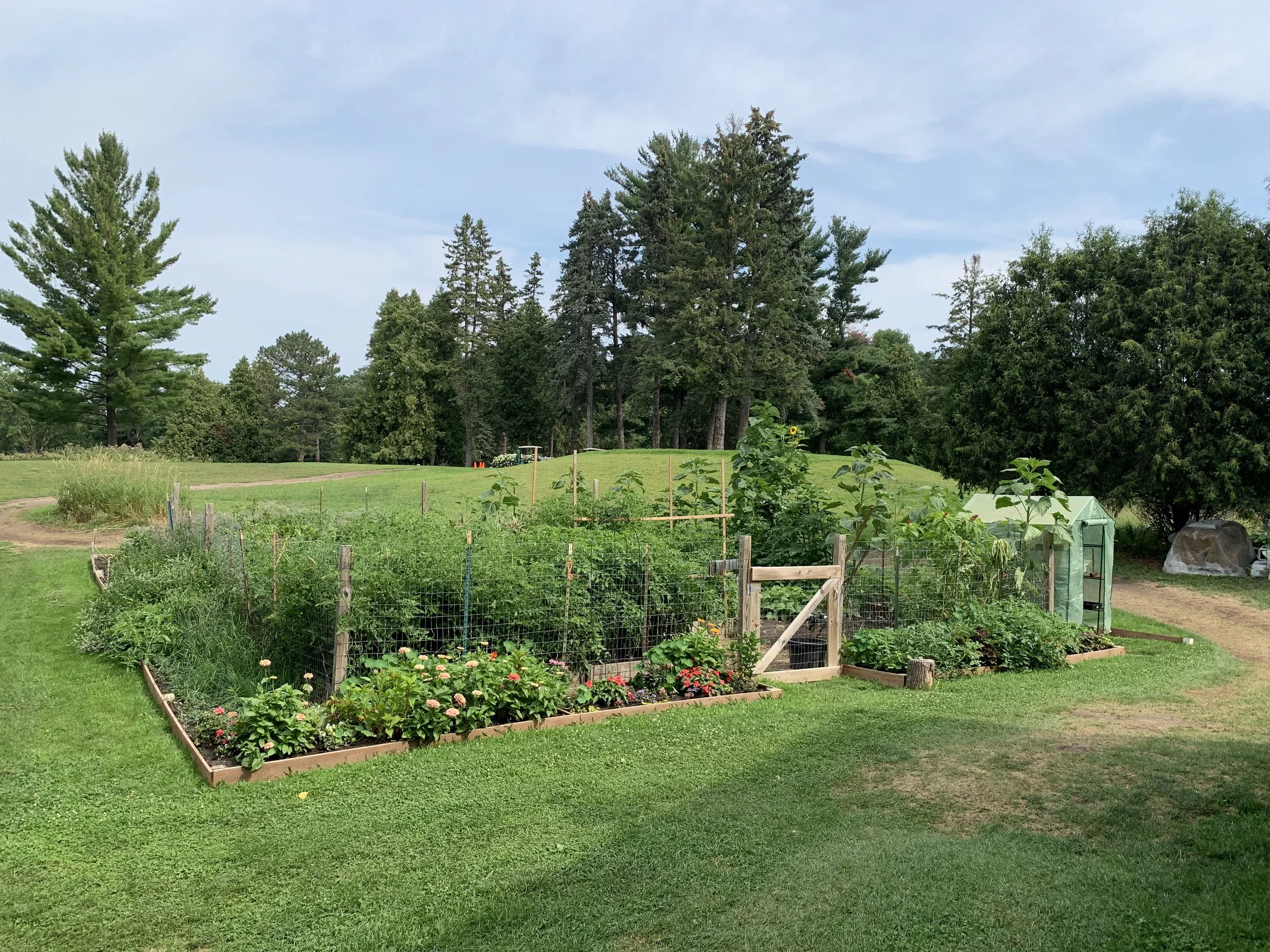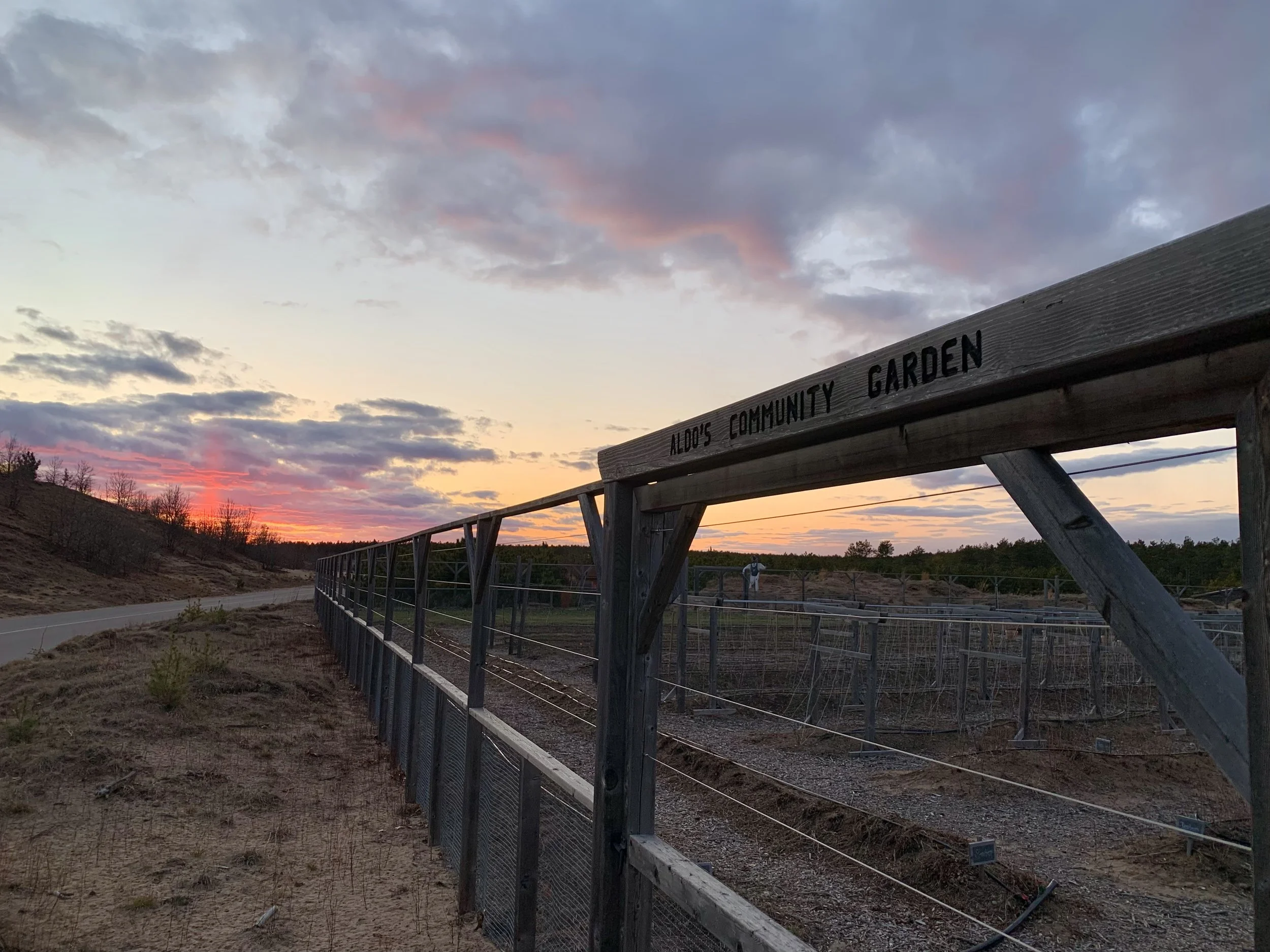Food
A golf course can play a significant role in mitigating food insecurity by repurposing areas for community gardens and leveraging existing irrigation infrastructure to grow food for the surrounding community, especially those in need. This innovative approach transforms the golf course into a multifunctional space that addresses social and environmental challenges.
-
Allocating sections of the golf course for community gardens provides local residents with opportunities to grow their own fresh produce. This not only enhances food security but also fosters a sense of community engagement and empowerment.
-
Utilizing the golf course's irrigation infrastructure for sustainable agriculture practices ensures efficient water use. Drip irrigation and smart water management systems can be implemented to minimize water waste and optimize food production.
-
The repurposed areas can focus on growing a variety of fruits, vegetables, and herbs, contributing to local food production. This reduces the carbon footprint associated with transporting food from distant locations and supports a more sustainable, resilient food system.
-
Surplus produce from the community gardens can be donated to local food banks or community organizations supporting those in need. This fosters a direct connection between the golf course and the broader community, addressing hunger at a local level.
-
Implementing educational programs on sustainable agriculture, nutrition, and gardening techniques enhances community members' knowledge and skills. These programs promote self-sufficiency and create a culture of shared responsibility.
-
Partnering with local nonprofits, schools, or community groups can amplify the impact of these initiatives. Collaborative efforts can lead to more comprehensive solutions and greater community involvement.
By repurposing parts of the golf course into community gardens and integrating sustainable agriculture practices, the space becomes a dynamic hub for addressing food insecurity. This transformative model not only provides tangible benefits in terms of local food production but also fosters community resilience, social cohesion, and environmental sustainability.
Read More.




















